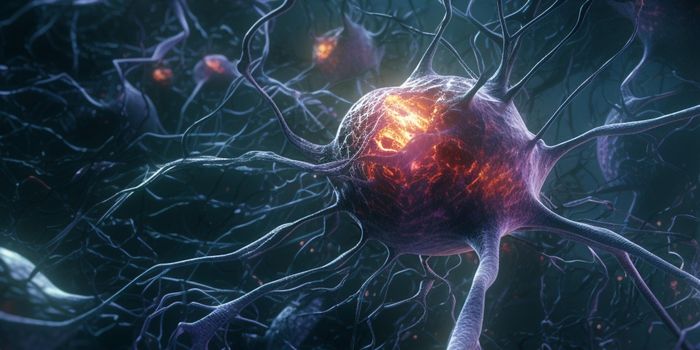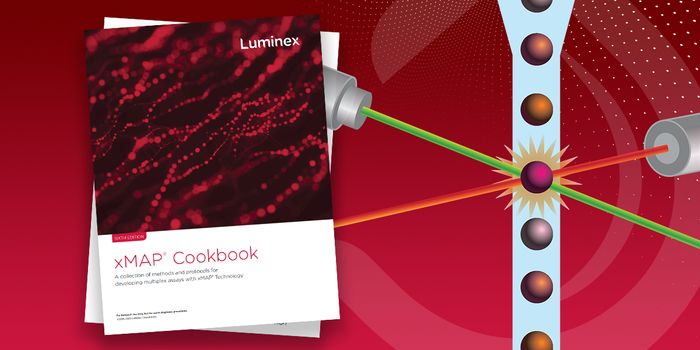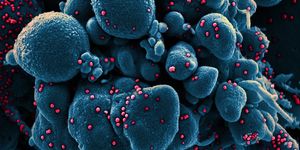The Tumor Suppressor and its Regulator: An Indirect Oncogene
Oncogenes, mutations in genes that promote cancer growth, have long been easy targets for cancer research due to the direct nature of their cancer-promoting actions. This sometimes resulted in leaving behind good, but less obvious, options behind. For example, phosphatase and tensin homolog (PTEN) is a known tumor suppressor with no direct oncogene connected with it. However, there is an observable decrease in PTEN levels when you look at several cancers. A group out of Shanghai decided to investigate this correlation.
The testing began by confirming previous research that determined the location of PTEN in the cell. PTEN is present in both the cytoplasm and nucleus. In the cytoplasm, it is responsible for the de-phosphorylation of critical proteins that suppress tumor progress. In the nucleus, PTEN regulates the expression genes through several epigenetic activities. Nuclear localized PTEN is where this group focused, as exploratory experiments showed proteasome-dependent degradation of nuclear PTEN, but oddly not cytoplasmic PTEN.
Conducting a brief screen to determine how nuclear PTEN is degraded, and it was confirmed to be proteasome-dependent. Another team had found that the ubiquitylation of PTEN prevented its accumulation in the nucleus. Ubiquitylation is the modification of a protein that targets the protein for destruction by the proteasome. To identify which protein is responsible for the ubiquitylation of PTEN, the conducted an immune-precipitation screen. F-box only protein 22 (FBXO22) was the only ubiquitin ligase that interacted with PTEN. Further study showed it to localized to the nucleus, and interacted with PTEN, making it the next target for investigation.
A series of experiments were designed to examine the connection between PTEN and FXBO22. A complete knockout of FBOX22 lead to an accumulation of nuclear PTEN but did not affect cytoplasmic PTEN. By synthetically increasing the expression of FBXO22, they saw a decrease in nuclear PTEN levels. In vitro experiments determined the ubiquitylation site on PTEN to be at lysine221 (K221), which, when mutated, completely hindered FBXO22 dependent nuclear PTEN degradation. The team then conducted experiments on colorectal tumor cell lines with FBXO22 and either wild type PTEN, the PTEN K221R, and controls and confirmed that PTEN tumor suppression was depleted upon FBXO22s tagging of nuclear PTEN.
A final examination of data from The Cancer Genome Atlas and The Expression Omnibus showed that FBXO22 is upregulated in a subset of cancers. The group concludes, “Our study reveals that nuclear and cytoplasmic PTEN not only exert distinct functions, but are also subjected to distinct regulatory mechanisms, and reports the first mechanism that preferentially regulates the stability of nuclear but not cytoplasmic PTEN.” Targeting indirect oncogenic mechanisms such as this can be troublesome for researchers, but never-the-less they are avenues for exploration. After all, not every solution is straightforward.
Sources: Nature, European Society for Medical Oncology









